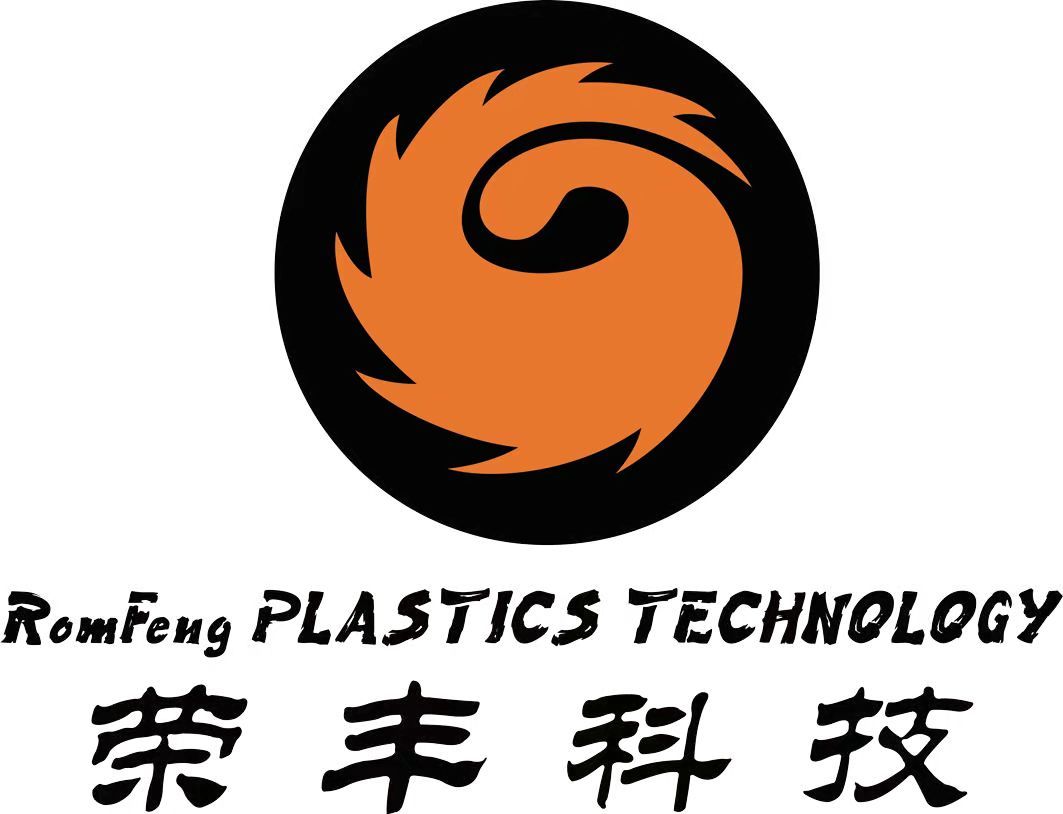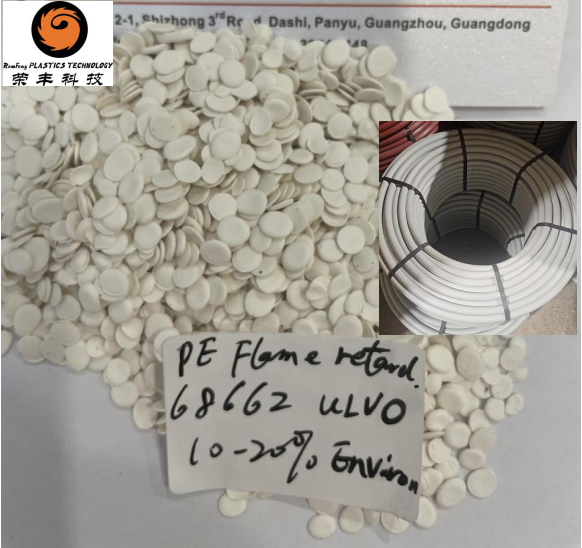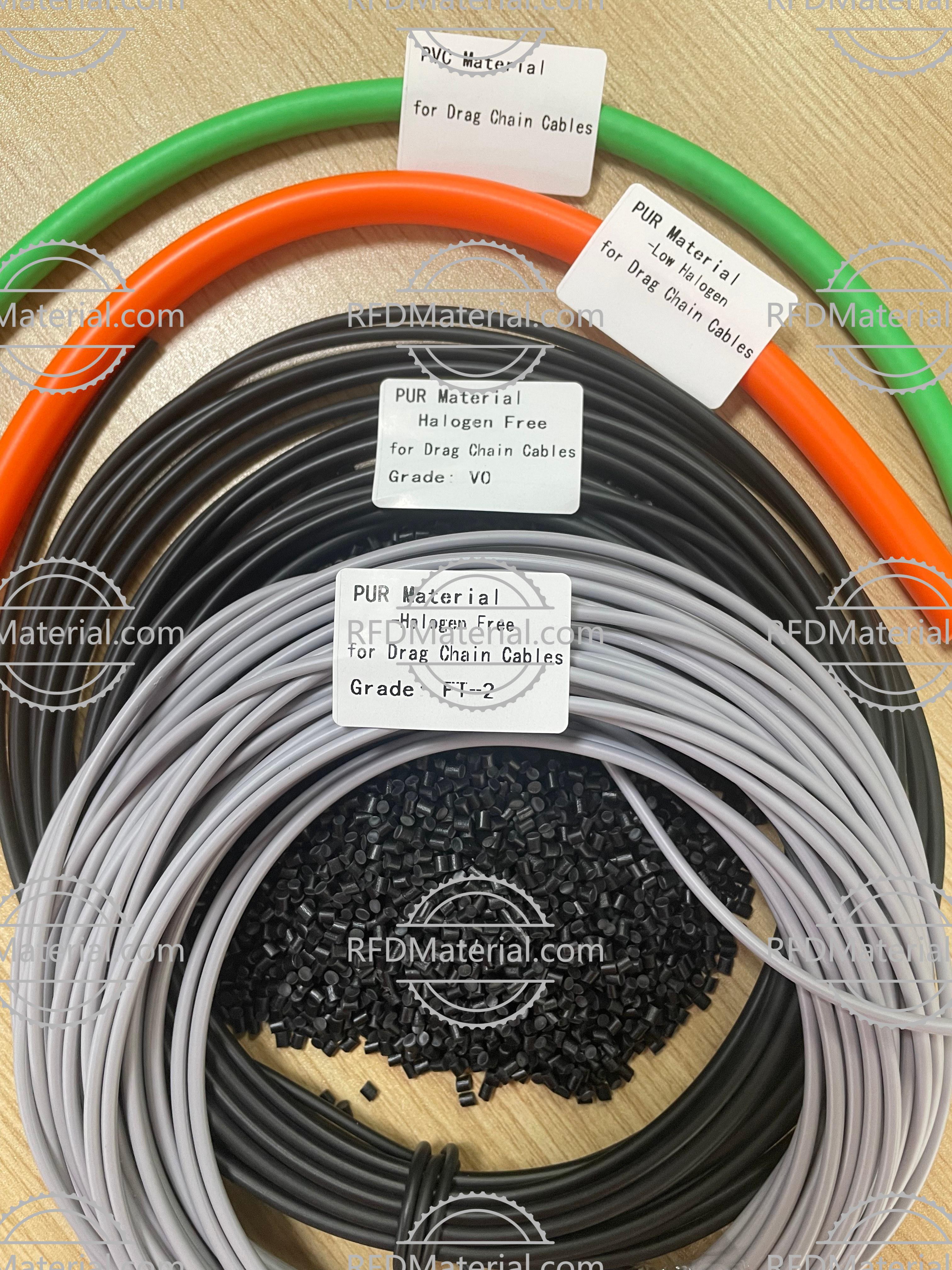Comprehensive Color Masterbatch Selection Guide: Choosing the Best for XLPO Applications
Release time:
2025-08-03 16:00
Source:
Comprehensive Color Masterbatch Selection Guide: Choosing the Best for XLPO Applications
Table of Contents
- 1. Introduction to Color Masterbatches in XLPO
- 2. Understanding Color Masterbatches: An Overview
- 3. Types of Color Masterbatches Available
- 4. Key Factors to Consider When Selecting Color Masterbatches
- 5. Application Techniques for Color Masterbatches
- 6. Troubleshooting Common Issues with Color Masterbatches
- 7. Cost Considerations in Color Masterbatch Selection
- 8. Conclusion
- 9. Frequently Asked Questions
1. Introduction to Color Masterbatches in XLPO
Color masterbatches play a pivotal role in the plastics industry, especially in enhancing the aesthetic and functional properties of XLPO (cross-linked polyolefin) materials. Selecting the right color masterbatch is essential for achieving the desired visual impact and performance characteristics. This guide is crafted to facilitate a better understanding of color masterbatch selection, ensuring you make informed decisions that align with your specific application requirements.
2. Understanding Color Masterbatches: An Overview
Color masterbatches are concentrated mixtures containing pigments and additives, usually encapsulated in a carrier resin. These mixtures are incorporated into a base polymer during the manufacturing process to impart color and other properties. The effectiveness of a color masterbatch is determined not just by its color but also by how well it integrates with the base polymer, particularly in XLPO applications where performance and durability matter significantly.
3. Types of Color Masterbatches Available
Color masterbatches come in various forms, each designed to meet specific needs. Understanding these types is essential for making the right choices.
3.1 Standard Color Masterbatches
Standard color masterbatches are readily available and offer a wide range of colors. They are ideal for general applications where cost-effectiveness is a priority.
3.2 Custom Color Masterbatches
Custom color masterbatches are tailored to meet specific requirements, providing unique colors that may not be available in standard options. These are particularly useful for brands looking to differentiate their products.
3.3 Additive Masterbatches
In addition to color, some masterbatches include functional additives that enhance performance characteristics such as UV resistance, flame retardancy, and anti-static properties. These are essential for XLPO applications, where functionality is key.
4. Key Factors to Consider When Selecting Color Masterbatches
When it comes to selecting the right color masterbatch for XLPO, several critical factors must be evaluated.
4.1 Compatibility with XLPO
It is vital to ensure that the color masterbatch is compatible with XLPO. This involves examining the carrier resin and pigment used in the masterbatch. A compatible masterbatch will disperse evenly in the XLPO matrix, preventing issues such as streaking or uneven coloring.
4.2 Performance Characteristics
Performance characteristics such as thermal stability, weather resistance, and colorfastness are crucial. The chosen masterbatch should retain its color and properties under the processing conditions used for XLPO. Testing for these characteristics can prevent failures in the final product.
4.3 Regulatory Compliance and Safety
For manufacturers, compliance with industry regulations and safety standards is non-negotiable. Ensure that the color masterbatch meets all relevant regulations, particularly if the final product will be used in applications involving food contact or medical devices.
5. Application Techniques for Color Masterbatches
Understanding the application techniques is essential for maximizing the effectiveness of color masterbatches in XLPO.
5.1 Masterbatch Loading Levels
Determining the appropriate loading level of color masterbatch is vital. Too little may result in insufficient color, while too much can negatively impact the physical properties of XLPO. Typically, loading levels range from 1% to 10%, depending on the specific requirements.
5.2 Processing Conditions
Processing conditions such as temperature and time can significantly affect the performance of color masterbatches. Adjustments might be necessary during extrusion or molding to ensure optimal color dispersion and property retention.
6. Troubleshooting Common Issues with Color Masterbatches
Even with the best selection, issues can arise. Here are some common problems and solutions.
6.1 Color Variability
Variability in color can occur due to inconsistent masterbatch quality or improper mixing. Regular quality checks and using consistent suppliers can help mitigate this issue.
6.2 Poor Dispersion
If the color masterbatch does not disperse well, it can lead to streaks or patches. Ensuring proper mixing conditions and using high-quality masterbatches can alleviate this problem.
7. Cost Considerations in Color Masterbatch Selection
While cost is often a significant factor in decision-making, it is essential to consider the overall value provided by a masterbatch.
7.1 Initial vs. Long-Term Costs
Initial costs of high-quality masterbatches may be higher, but they can result in longer-lasting products and fewer defects, ultimately saving money in the long run.
7.2 Supplier Relationships
Developing strong relationships with suppliers can lead to better pricing, access to new products, and improved service, enhancing overall cost-effectiveness.
8. Conclusion
Selecting the right color masterbatch for XLPO applications is a multifaceted process that requires careful consideration of compatibility, performance, and regulatory compliance. By understanding the types of masterbatches available and the factors influencing their effectiveness, manufacturers can make informed choices that elevate their products. This guide serves as a comprehensive resource to navigate the complexities of color masterbatch selection, ultimately leading to enhanced product quality and market competitiveness.
9. Frequently Asked Questions
9.1 What is a color masterbatch?
A color masterbatch is a concentrated mixture of pigments and additives, encapsulated in a carrier resin and used to impart color to plastic materials during manufacturing.
9.2 How do I know which color masterbatch is compatible with XLPO?
Compatibility can be determined by checking the technical data sheets provided by masterbatch manufacturers, which detail the carrier resin and its compatibility with XLPO.
9.3 What performance characteristics should I look for in a color masterbatch?
Key performance characteristics include thermal stability, weather resistance, colorfastness, and the presence of any additional functional additives that may enhance product performance.
9.4 Can I use standard color masterbatches for specialized applications?
While standard color masterbatches may work for general applications, specialized applications often require custom formulations to meet specific color and performance needs.
9.5 How do processing conditions affect the effectiveness of color masterbatches?
Processing conditions such as temperature and mixing time can significantly impact the dispersion and overall performance of color masterbatches, making it essential to adhere to recommended guidelines.
Color Masterbatch For XLPO Materials








